Combat in Europe during World War II orbited around massive set-piece battles across expansive terrain. By contrast, the Pacific War was characterized by ferocious conflicts of extermination, typically fought over relatively small isolated pieces of dirt. The weapons used in the island hopping campaigns served in some of the most demanding environments in the history of warfare.
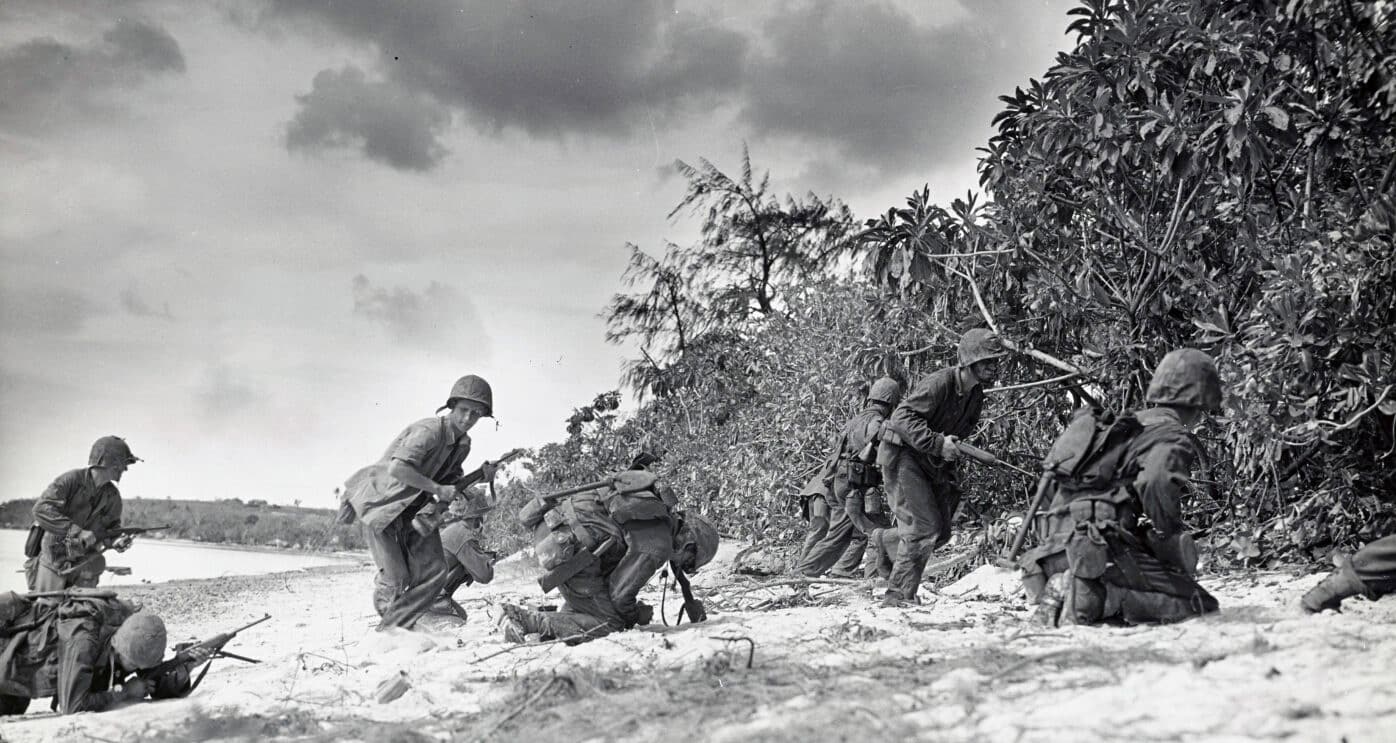
With few exceptions, troops in the Pacific carried the standard infantry weapons issued by their nations’ militaries serving elsewhere. Combat environments ranged from the fetid jungles of Guadalcanal to the frozen wastes of Attu and Kiska. Throughout it all, fighting men on both sides battled to the death for their particular ideologies.
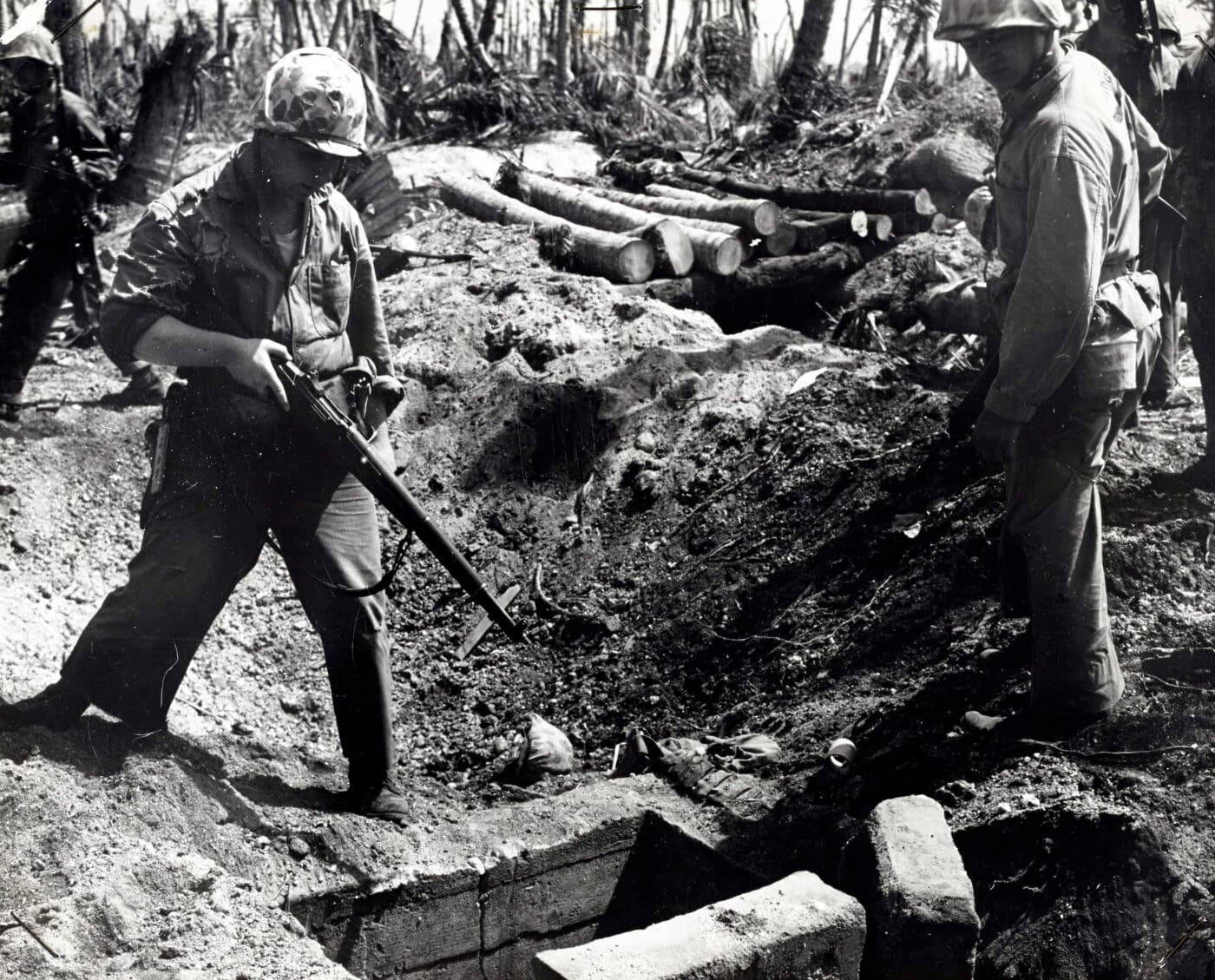
United States
John Cantius Garand began design work on what was to become the M1 rifle in 1924. The U.S. Army adopted the weapon in 1936. It officially entered service a year later.
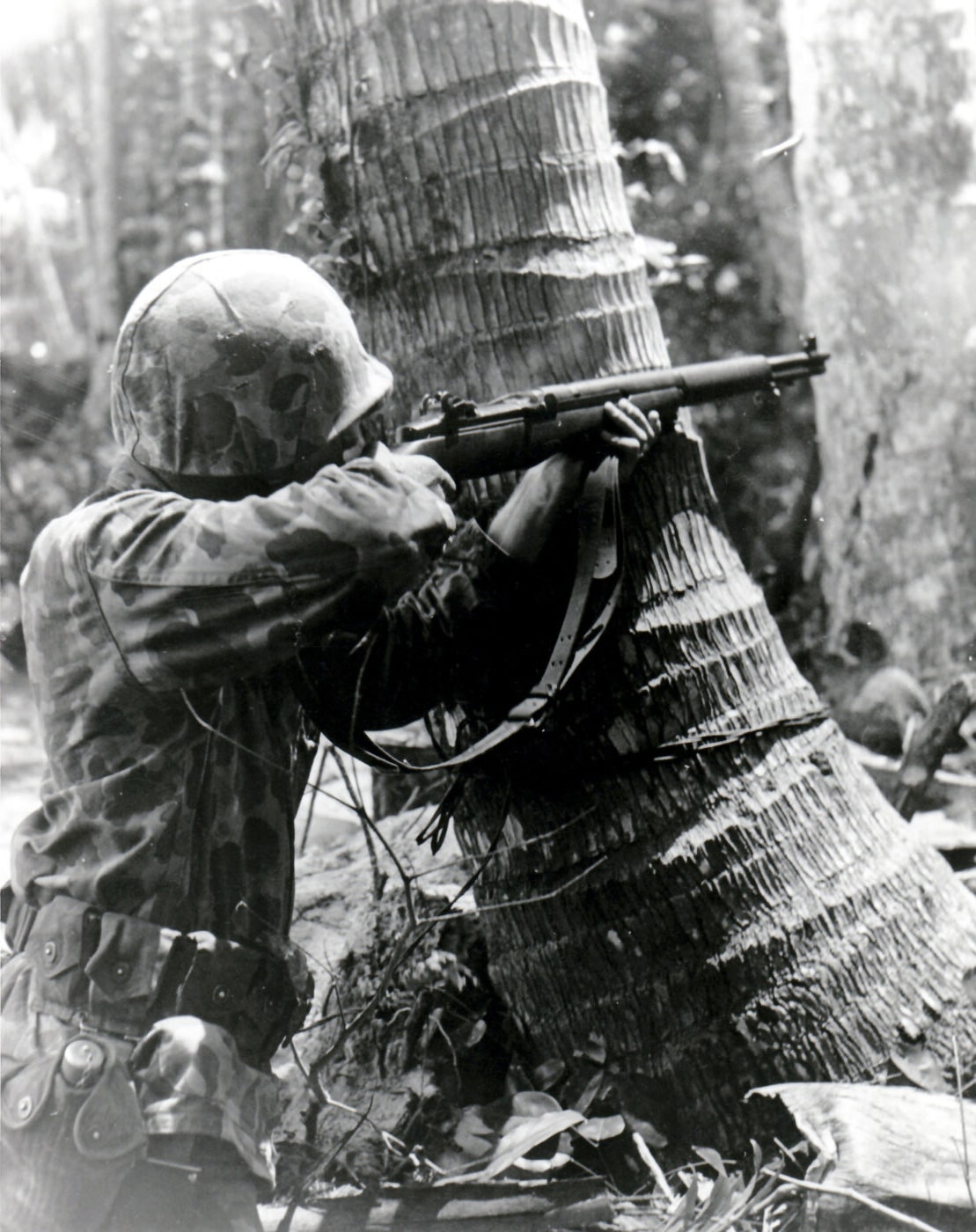
The M1 fired a full-sized 7.62x63mm/.30-06 round. The rifle fed from an eight-round en bloc clip that ejected automatically on the last round fired. The semi-automatic M1 was indeed the most capable battle rifle of the war. U.S. troops appreciated the M1’s penetration in heavy jungle foliage.
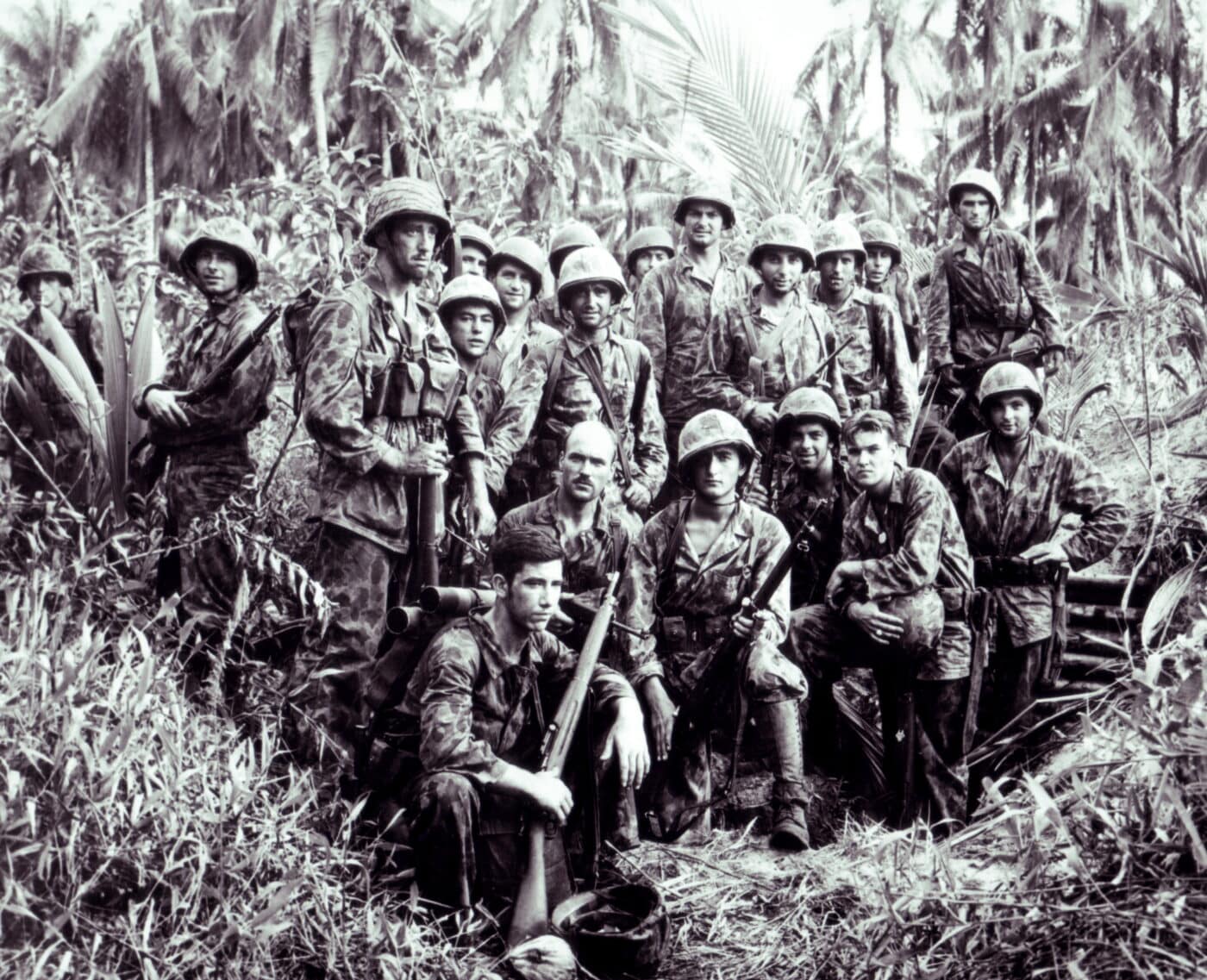
While the M1 was powerful, reliable, and mean, it also weighed 9.5 lbs. empty and was nearly 44″ long. As a result, in 1938 the Ordnance Department began development on a light rifle for use by truck drivers, mortarmen, radio operators, and the like. The resulting M1 Carbine weighed a paltry 5.8 lbs.
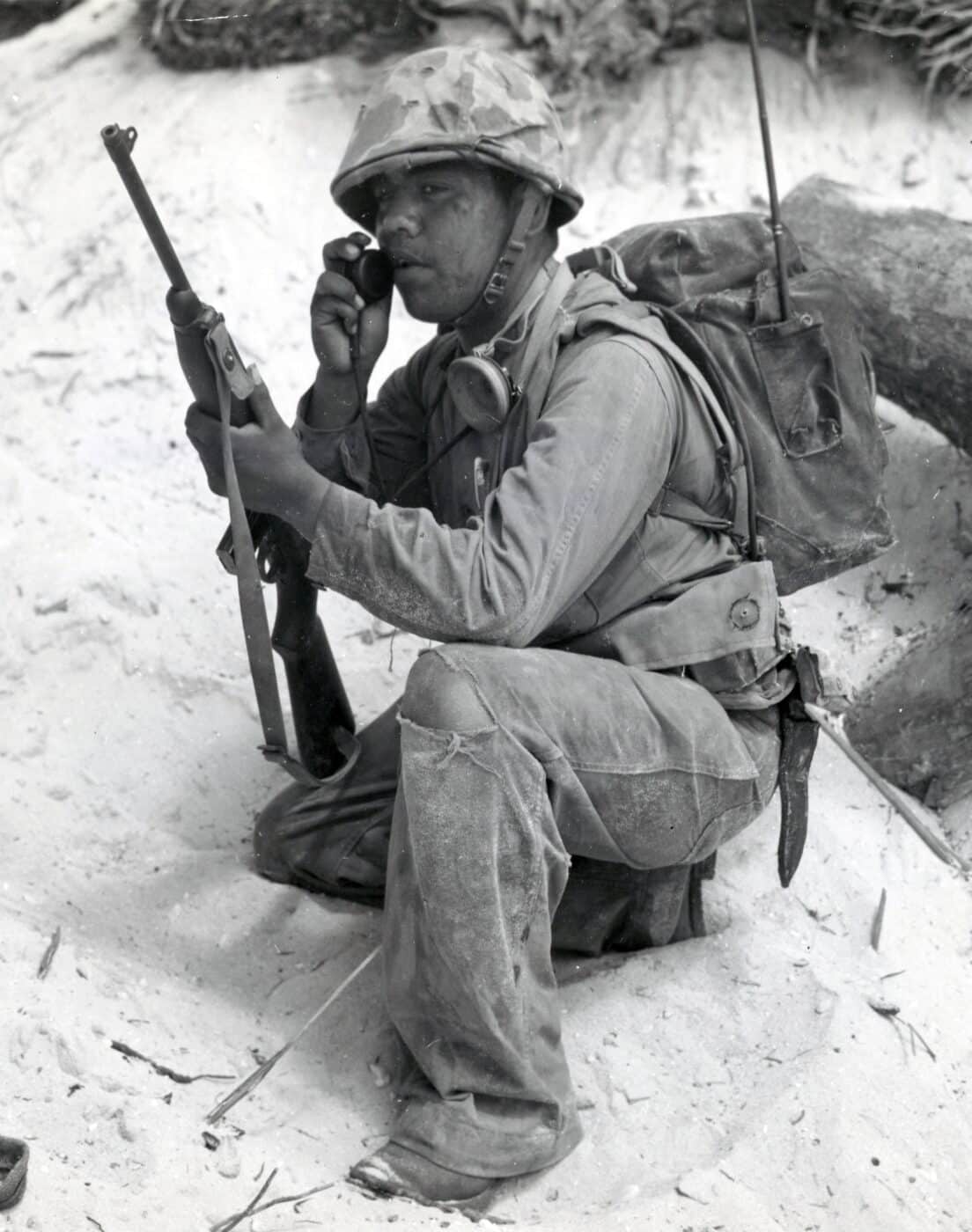
Those early semi-automatic carbines fed from 15-round detachable box magazines and fired a straight-walled 7.62x33mm cartridge. While the carbine has been denigrated for its performance when compared to the M1 Garand, that’s not really fair. The carbine was intended to supplant the handgun, not the rifle. As a PDW (Personal Defense Weapon), the carbine was indeed a prescient design. For close quarters applications in jungles, caves, and tunnels, the carbine excelled.
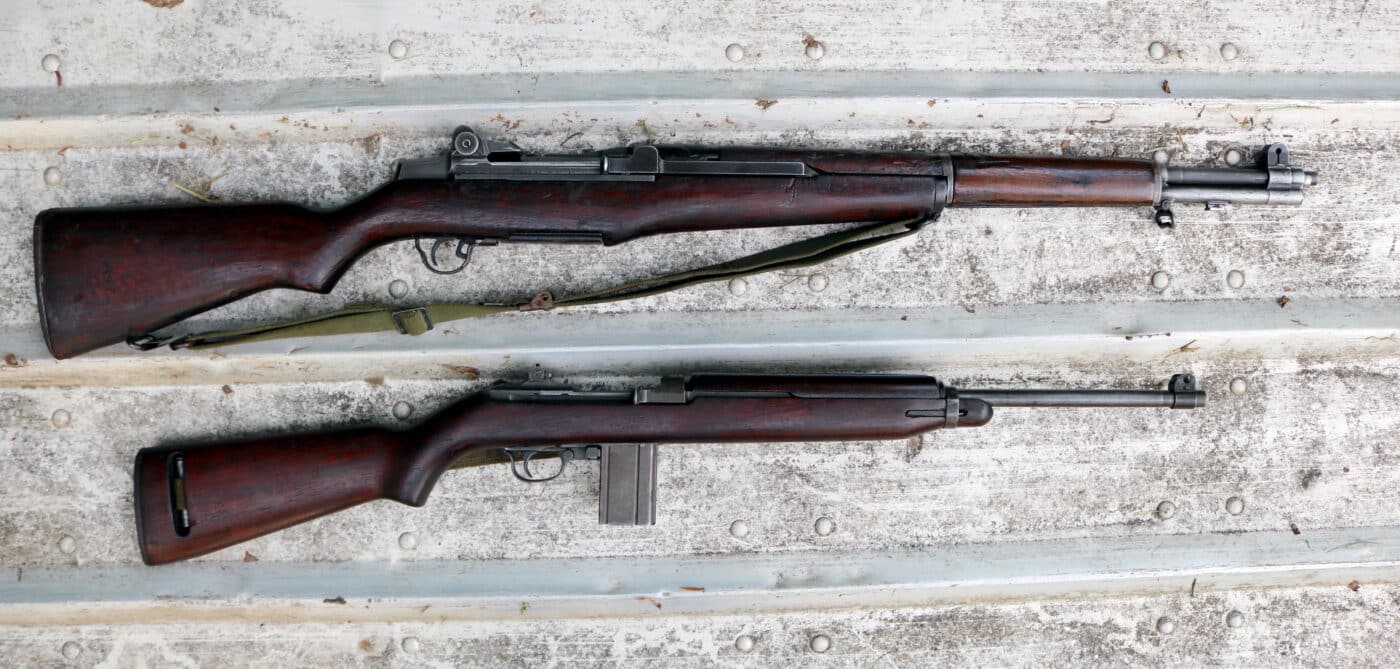
Commonwealth Forces
British Commonwealth troops first saw action in Malaya, Singapore, and Hong Kong the day after the Pearl Harbor attack. They fought alongside U.S. forces until the two atomic bombs ended the war. Standard infantry rifles across the Commonwealth forces were sundry variations of the bolt-action Lee-Enfield.
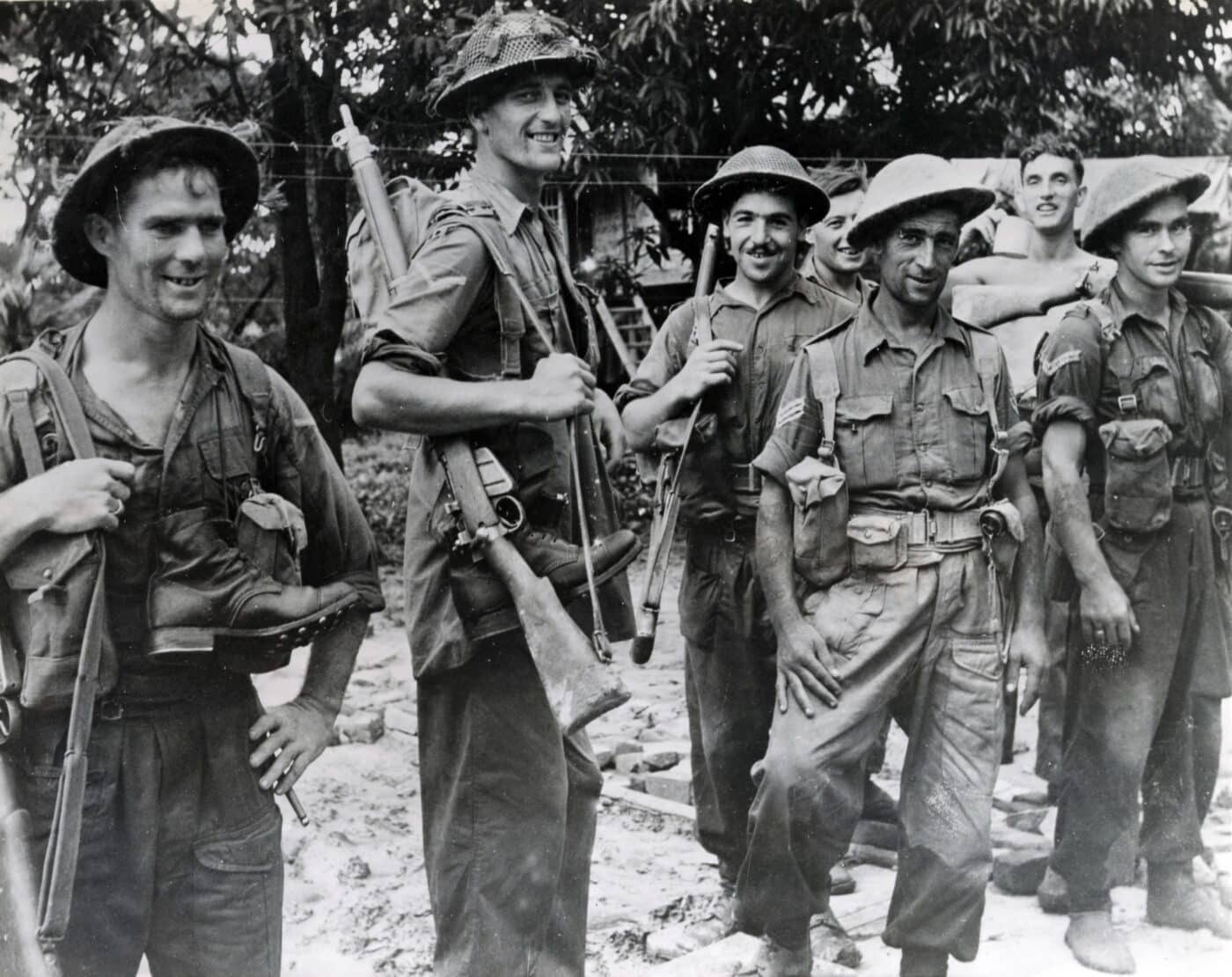
Variations of the Lee-Enfield served from 1895 until 1957. Despite firing an archaic rimmed .303 round, the rugged and fast Lee-Enfield action remained one of the most effective bolt-action designs of the war. The basic rifle evolved through several Marks.
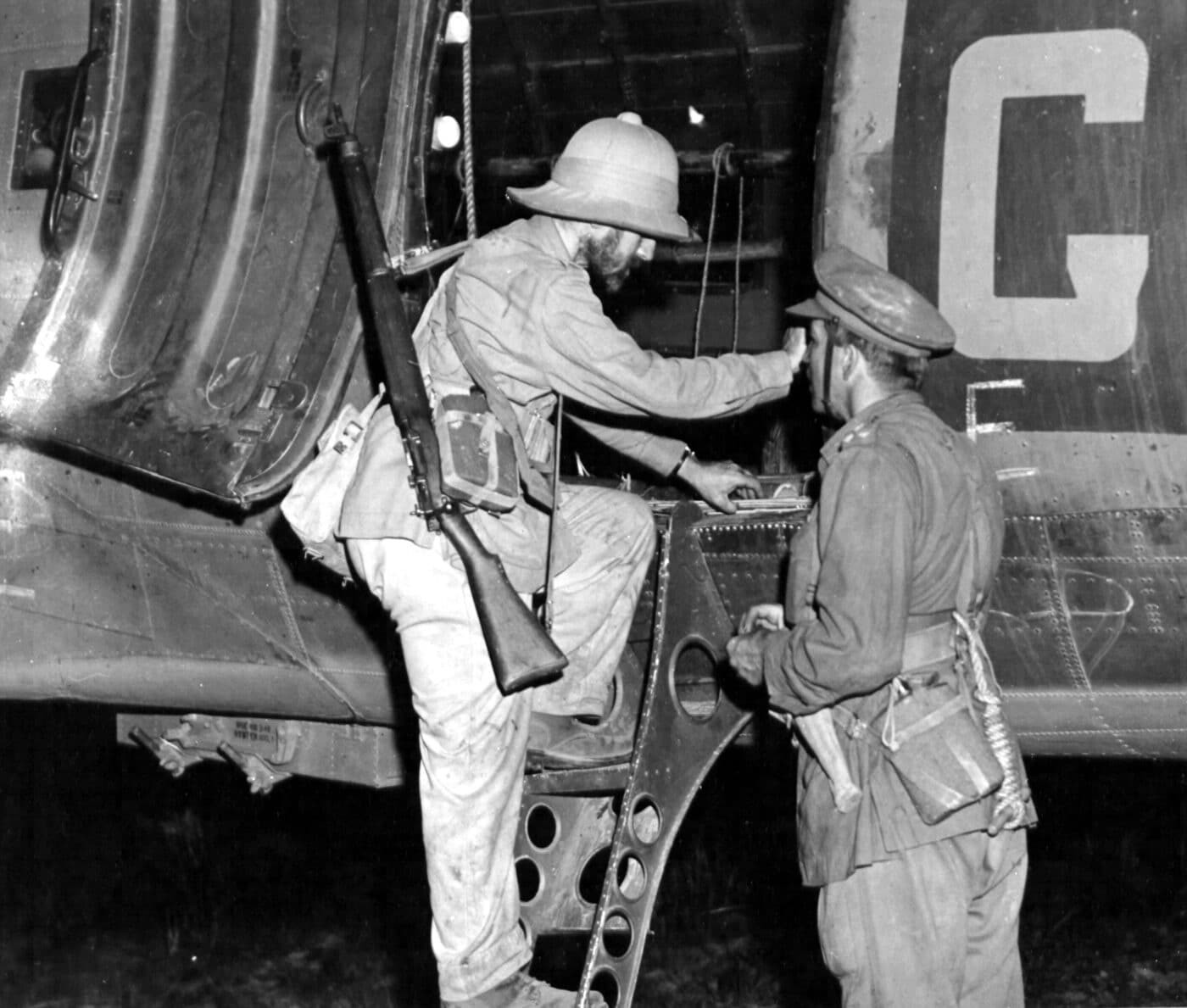
The SMLE (Short Magazine Lee-Enfield) Mk III was the standard British infantry weapon of WW1. British Tommies affectionately referred to them as “Smellies.” All Lee-Enfield rifles fed from detachable 10-round box magazines. However, most loading was still undertaken via stripper clips from the top. Some versions even had their magazines affixed to the rifle with a short length of chain. Early WWI-vintage SMLE’s included a sliding magazine cutoff that effectively turned the rifle into a single-shot weapon. This feature was wisely deleted in short order.
The SMLE was a superb rifleman’s tool, but it was expensive. The subsequent No. 4 Mk I sported a simplified sighting system and redesigned barrel. The SMLE has a characteristic flat-nosed appearance, while the No. 4 Mk I sports a stubby bit of barrel out the front. Both weapons were comparably effective in action.
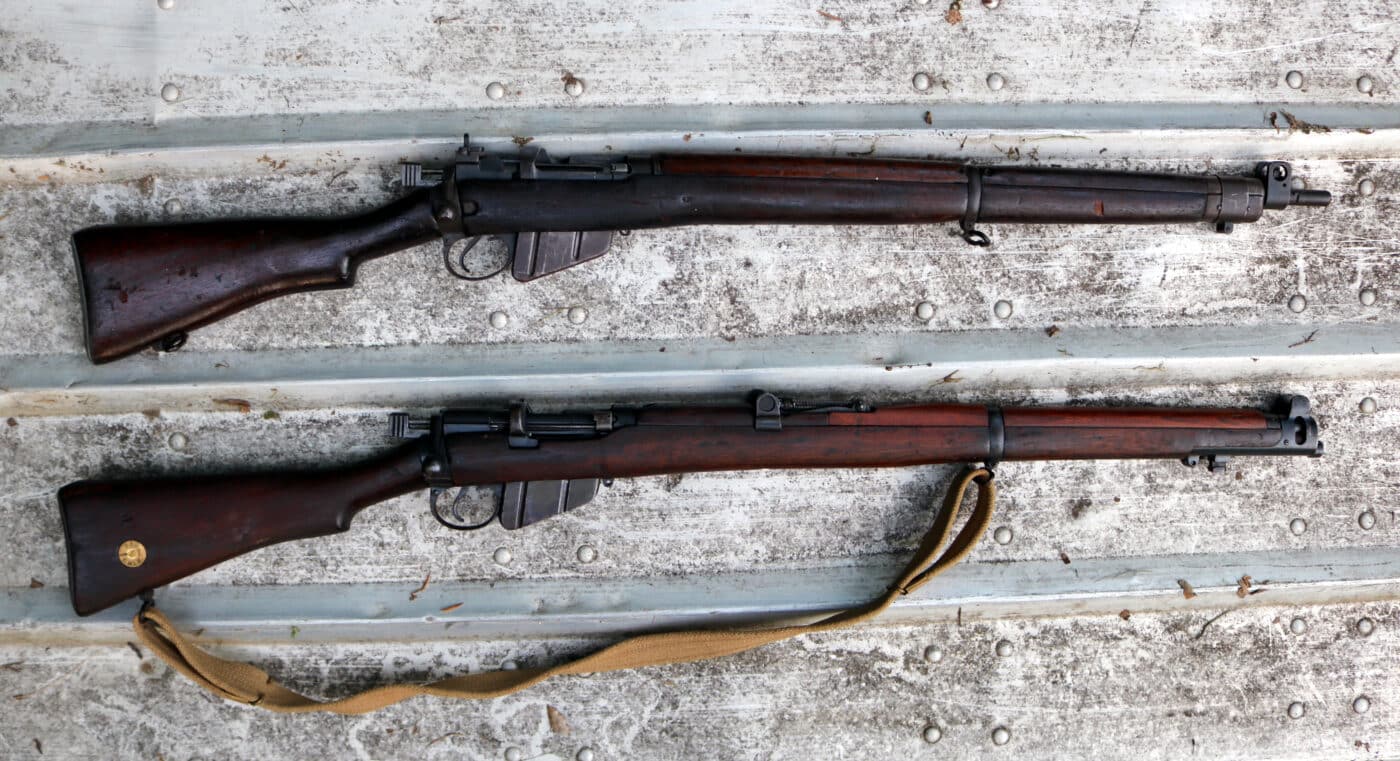
Though the No. 4 Mk I was the more recent design, many Commonwealth troops used the SMLE throughout the Pacific War. While British production focused on the later weapon, the Indians and Australians manufactured the SMLE throughout the war. Australia did not retire the SMLE until the late 1950’s.
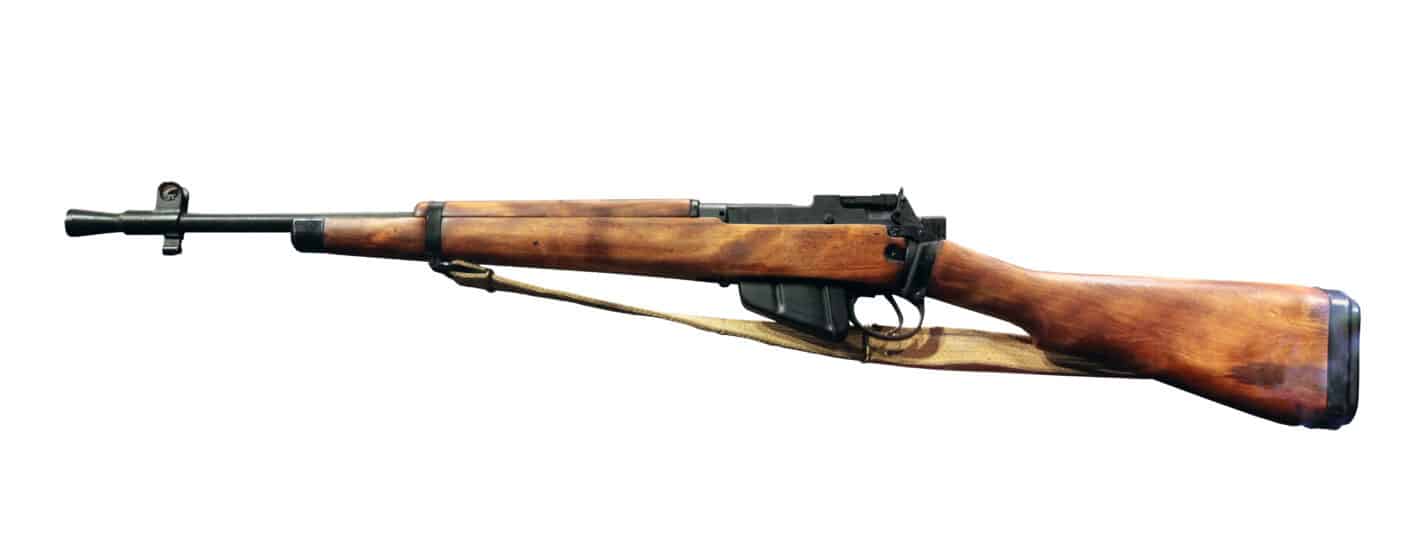
Canadians first saw action during the battle for Hong Kong on December 8, 1941. 290 Canadians perished before the garrison surrendered on Christmas Day. 5,300 Canadians took part in the Aleutian campaign in August of 1943. Period photographs depict the Canadians involved in the operations on Attu and Kiska carrying No. 4 Mk I rifles.
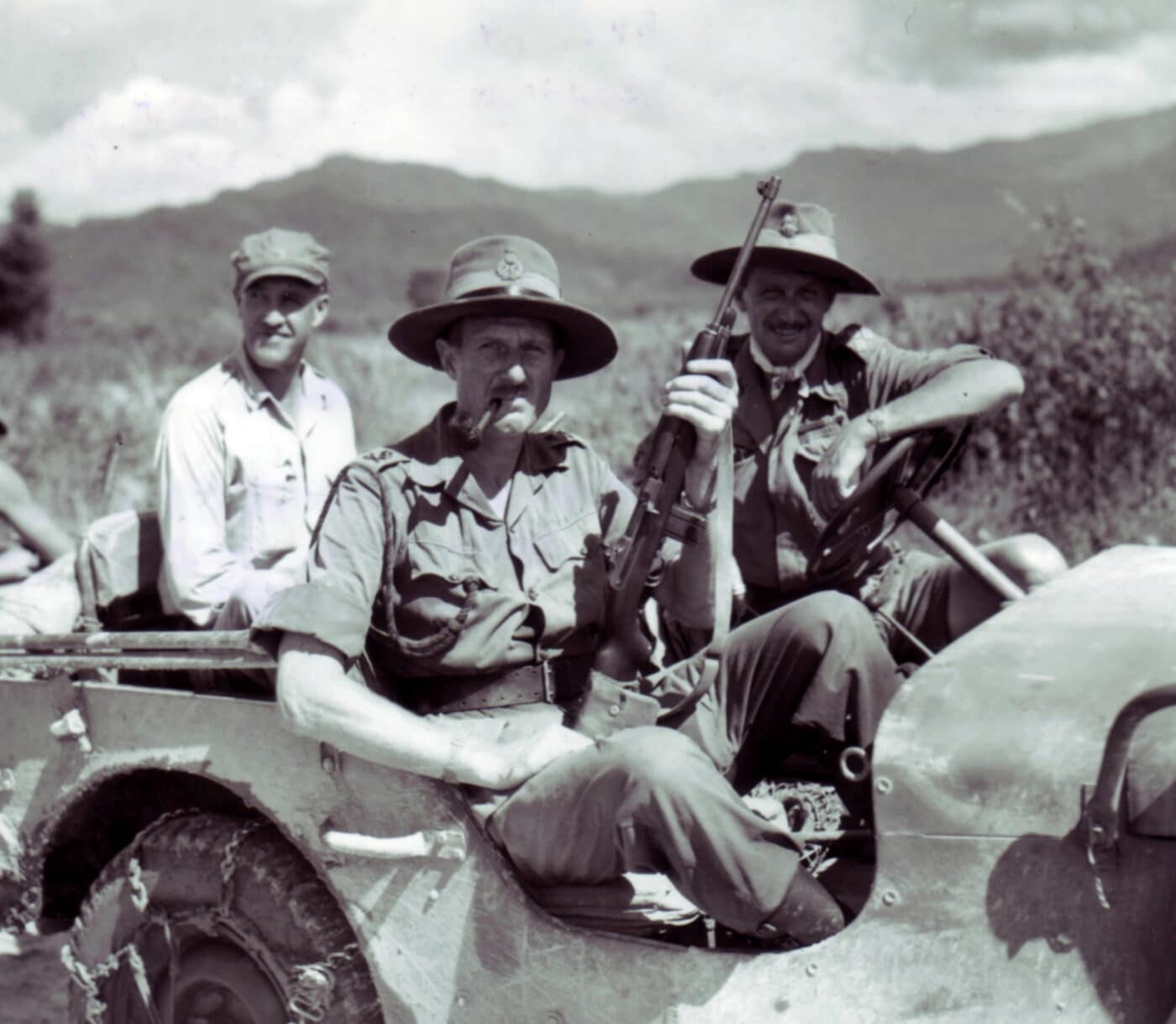
BSA Shirley and ROF Fazakerley produced a total of around 250,000 No. 5 Mk I “Jungle Carbine” versions of the Lee-Enfield for use in the Pacific Theater. This short-barreled variant of the No. 4 Mk I used the same action but incorporated a conical flash suppressor. Recoil was fairly epic.
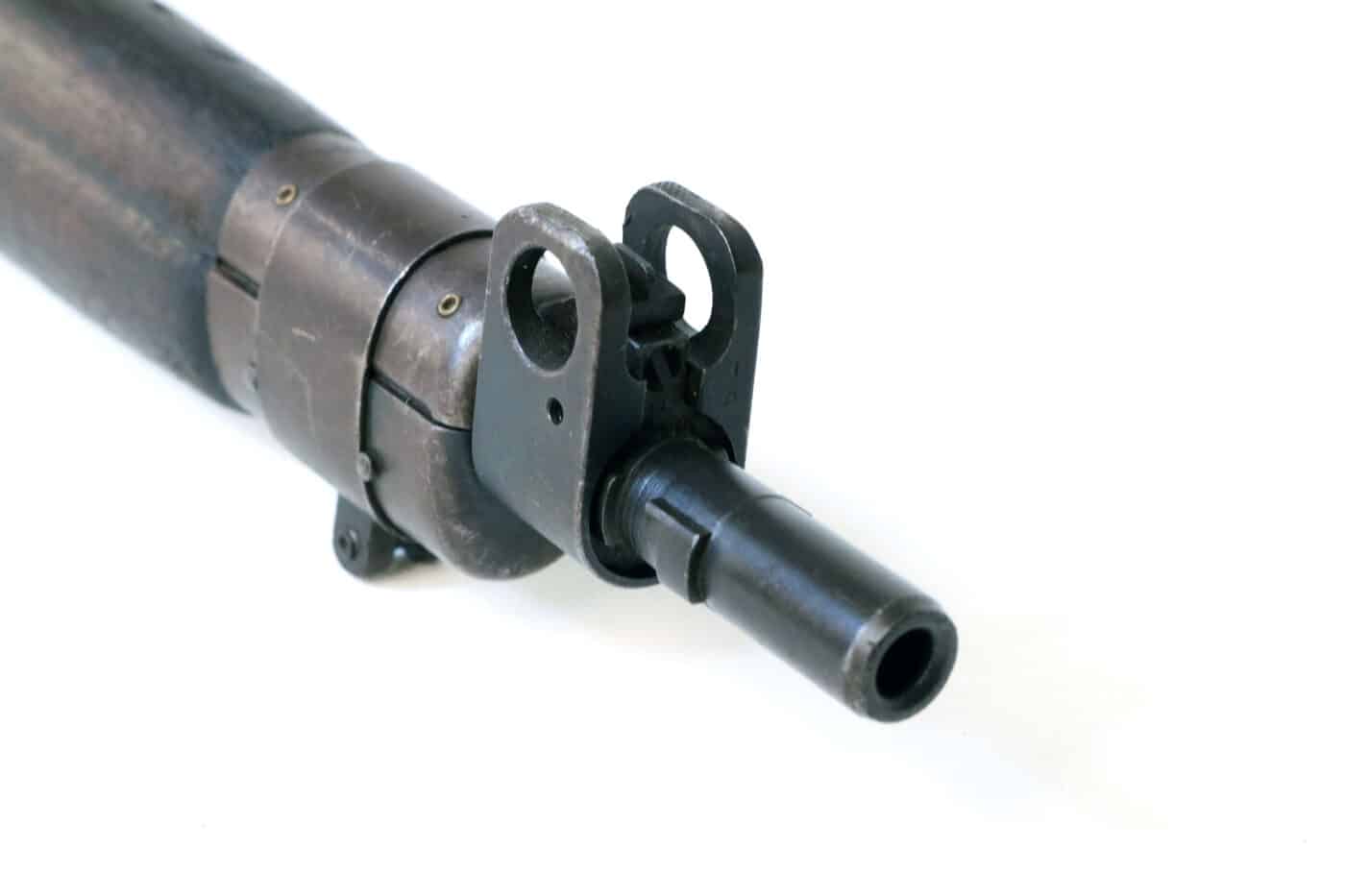
Japan
The Japanese began their 1930’s campaigns in China with Type 38 rifles chambered for the 6.5x50mm semi-rimmed cartridge. The Type 38 was designed in 1905 and produced until 1942. The subsequent shorter Type 99 shared a similar action but fired the heavier 7.7x58mm round. These weapons were frequently called “Arisakas” in reference to their primary designer Colonel Arisaka Nariakira. There were other rifles in Japanese service, but the Type 38 and Type 99 were by far the most common.
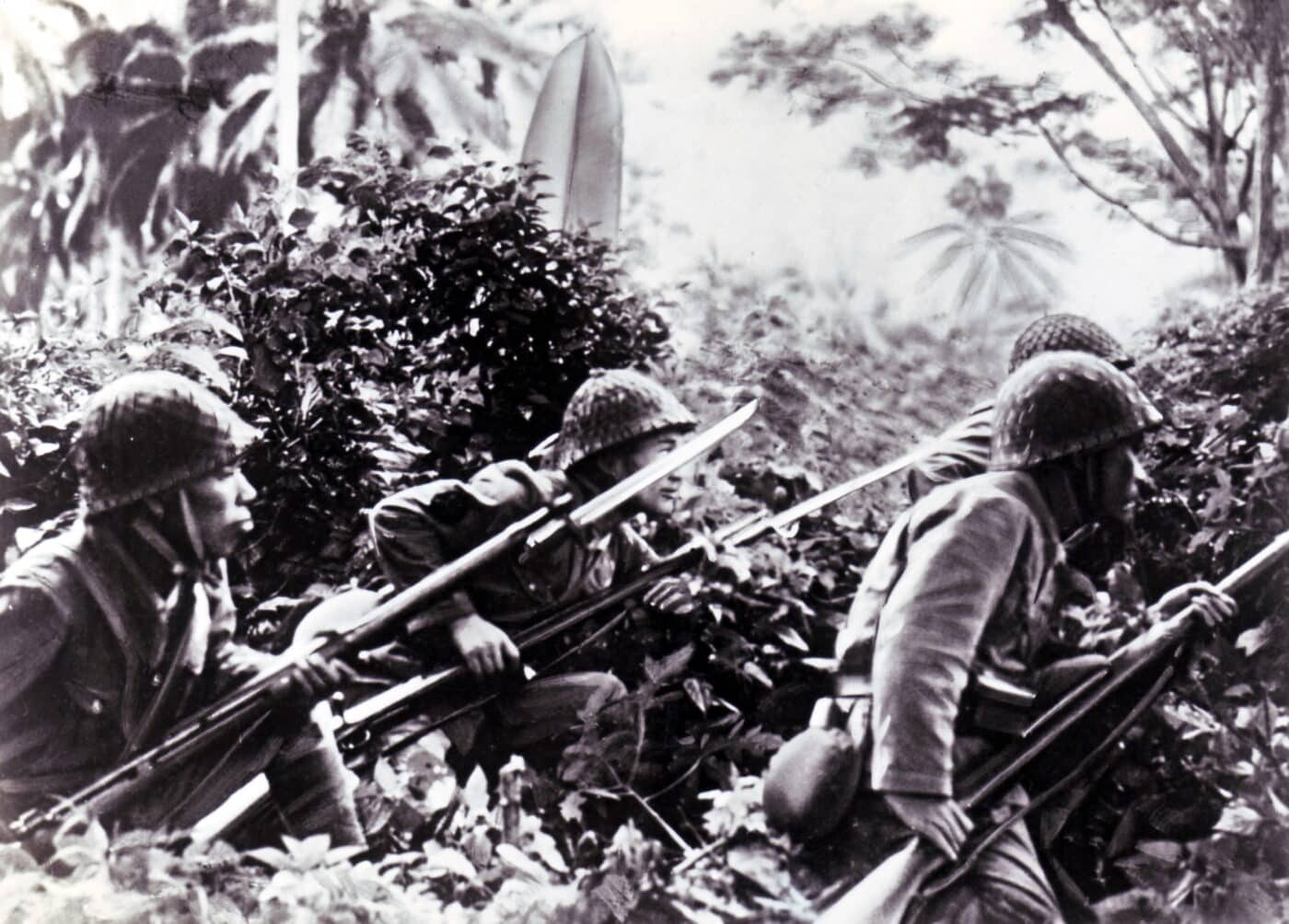
The safety was a big knob on the back of the receiver. To manipulate it you would press in with the palm and rotate the knob in the desired direction. Early safety knobs were heavily knurled to conjure a vaguely chrysanthemum vibe.
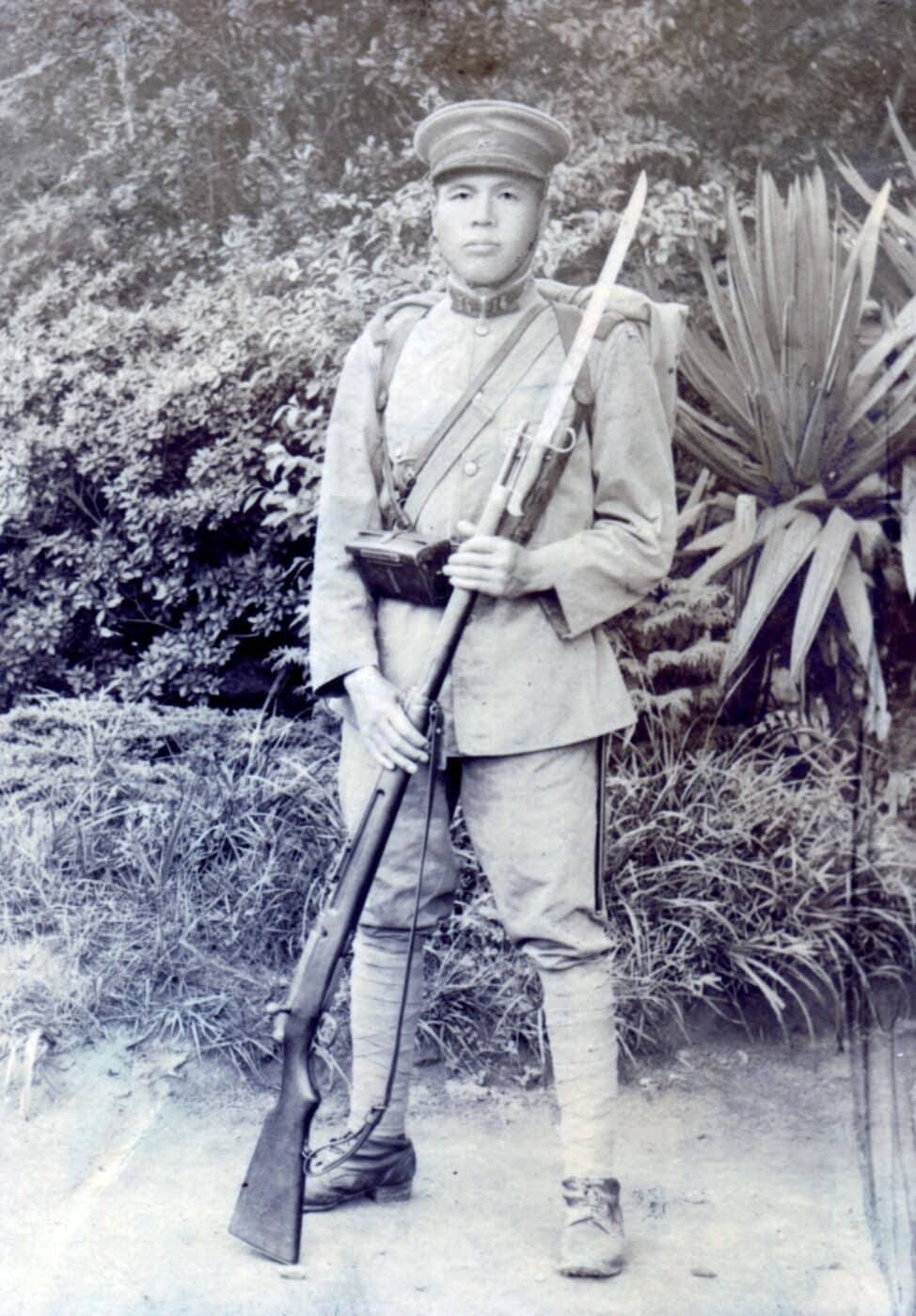
As the American B-29 Superfortresses pummeled Japanese industry, production quality for Type 99 rifles began to fall off. Where early guns sported complicated folding anti-aircraft sights, a collapsible monopod and a removable sheet steel action cover, the so-called “Last Ditch” late-war weapons were much simpler. Last ditch Arisakas had fixed peep sights, crude furniture, and a wooden buttplate held in place with three carpenter’s nails.
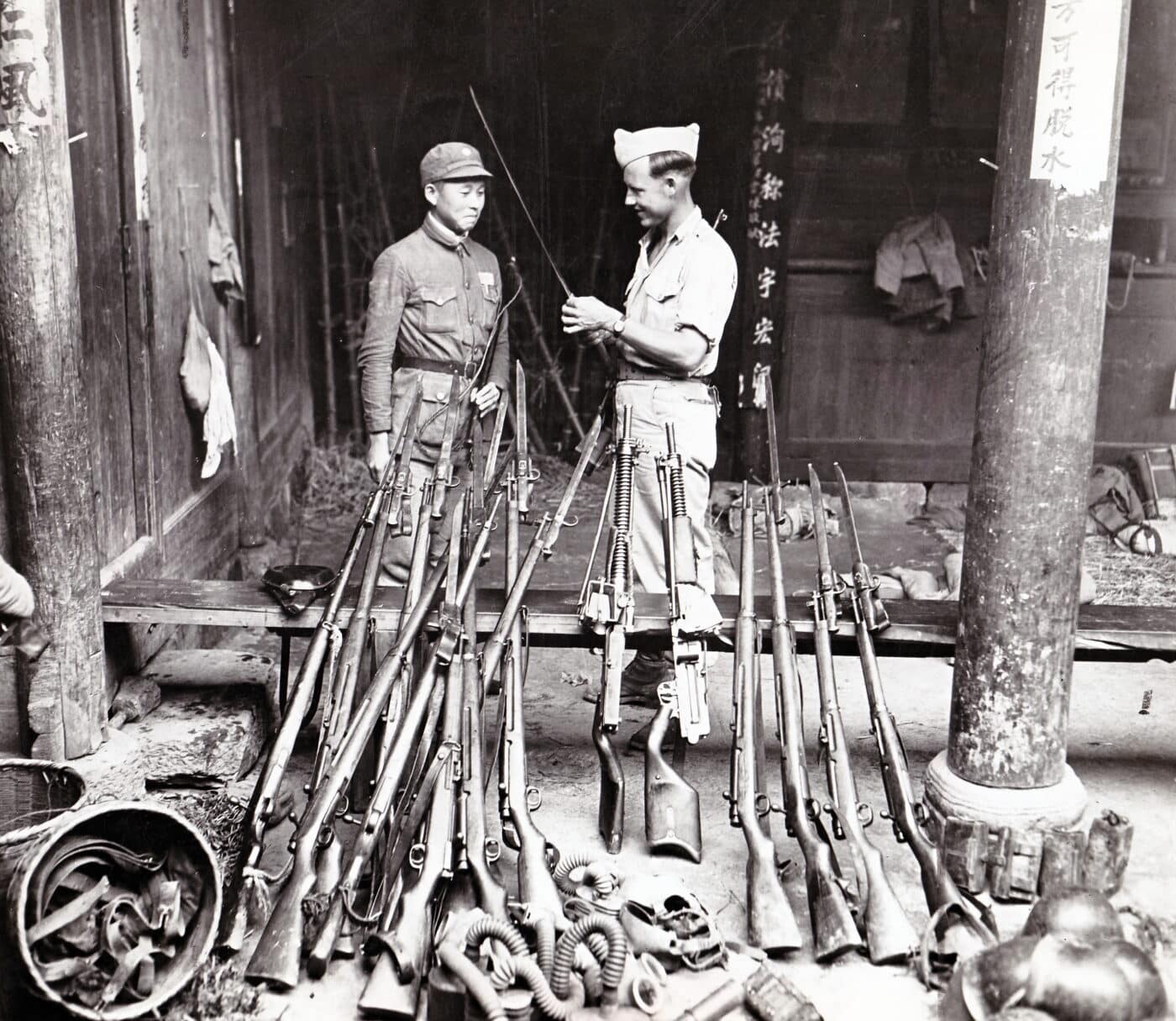
In post-war tests conducted by the NRA, the Arisaka was deemed to be the strongest bolt-action rifle of the war. These guns served everywhere the Japanese fought. Veterans brought these weapons home by the thousands as souvenirs. Most vet bring-back guns have had the emperor’s chrysanthemum mark on the receiver ring ground away.
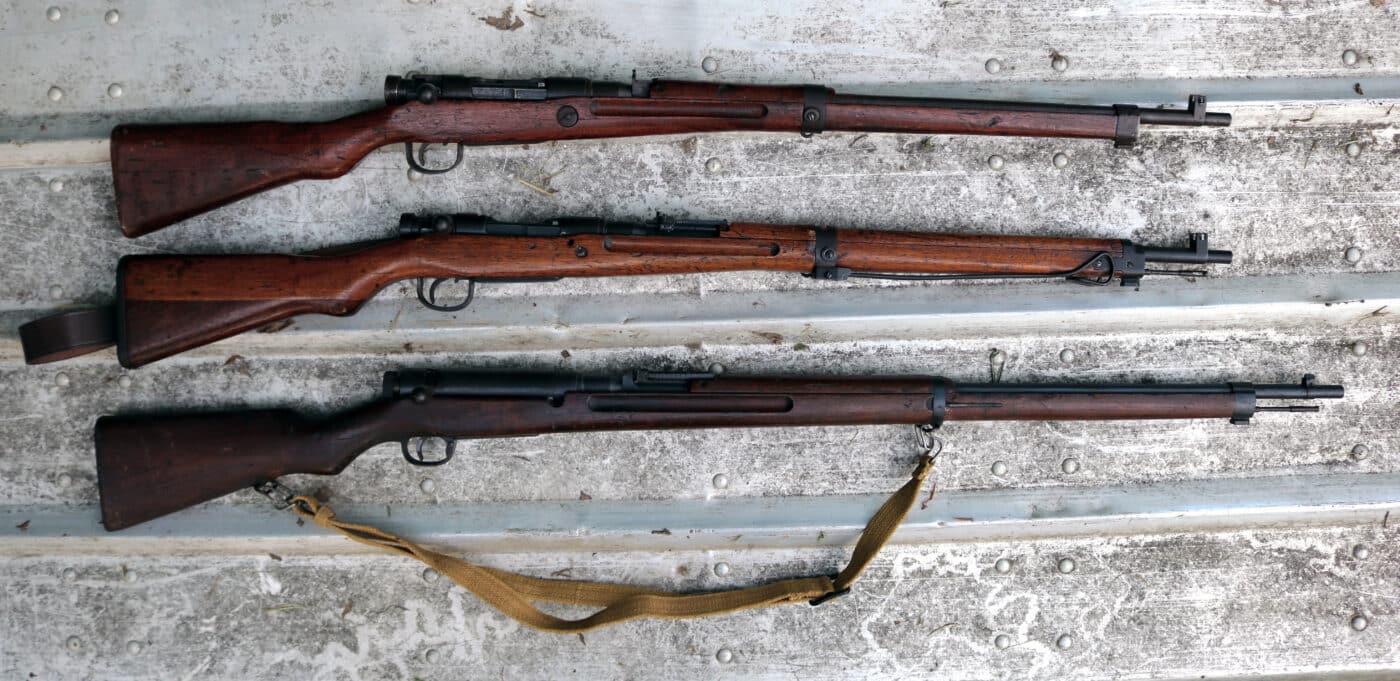
China
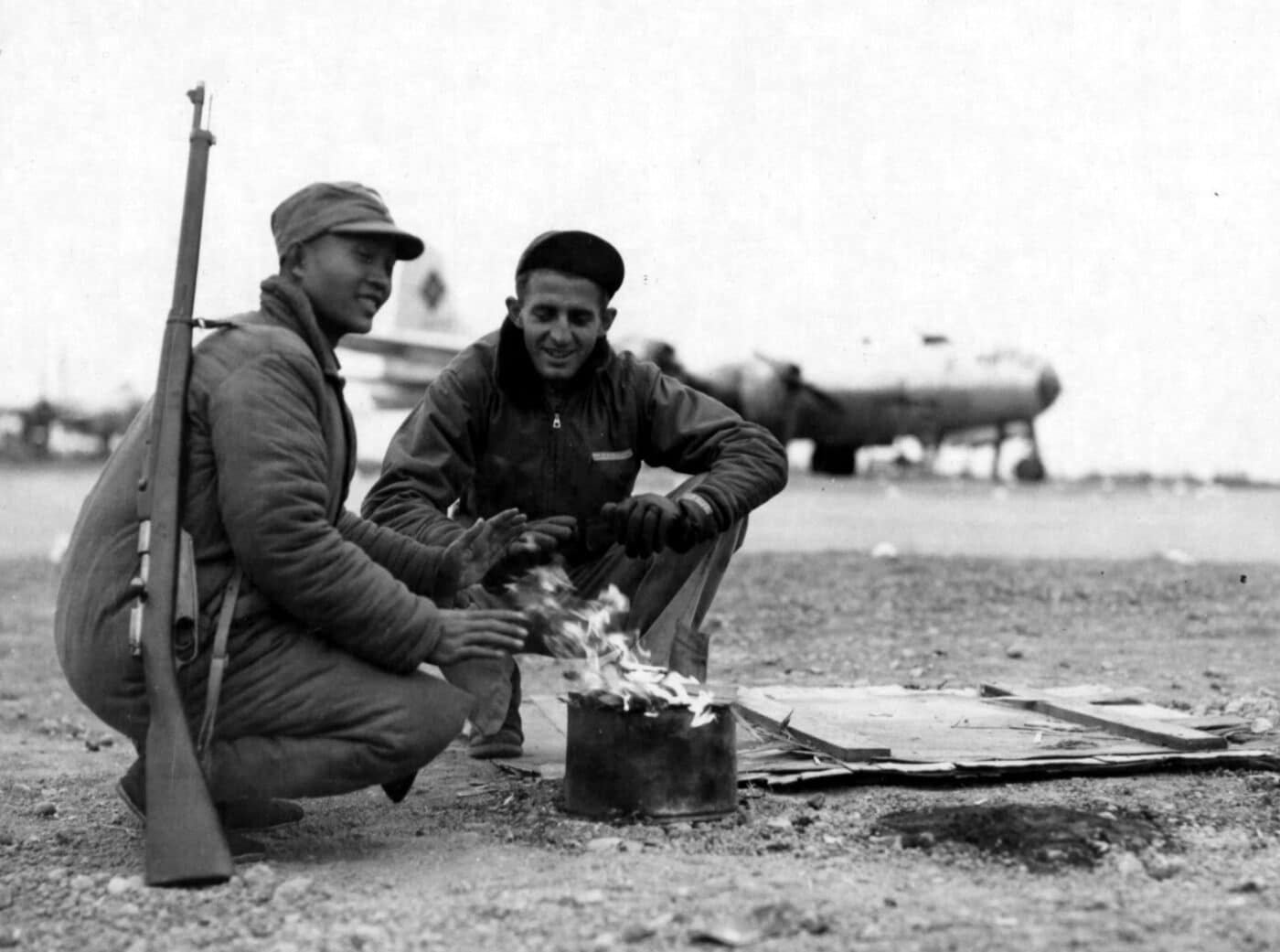
The most common Chinese service rifle was the Hanyang 88, a near copy of the WWI-vintage German Gewehr 88 chambered for the 7.92x57mm round. The Chinese produced around a million copies before manufacture wrapped up in 1944. The Chinese Chiang Kai-Shek rifle was a local copy of the German Mauser 98k carbine.
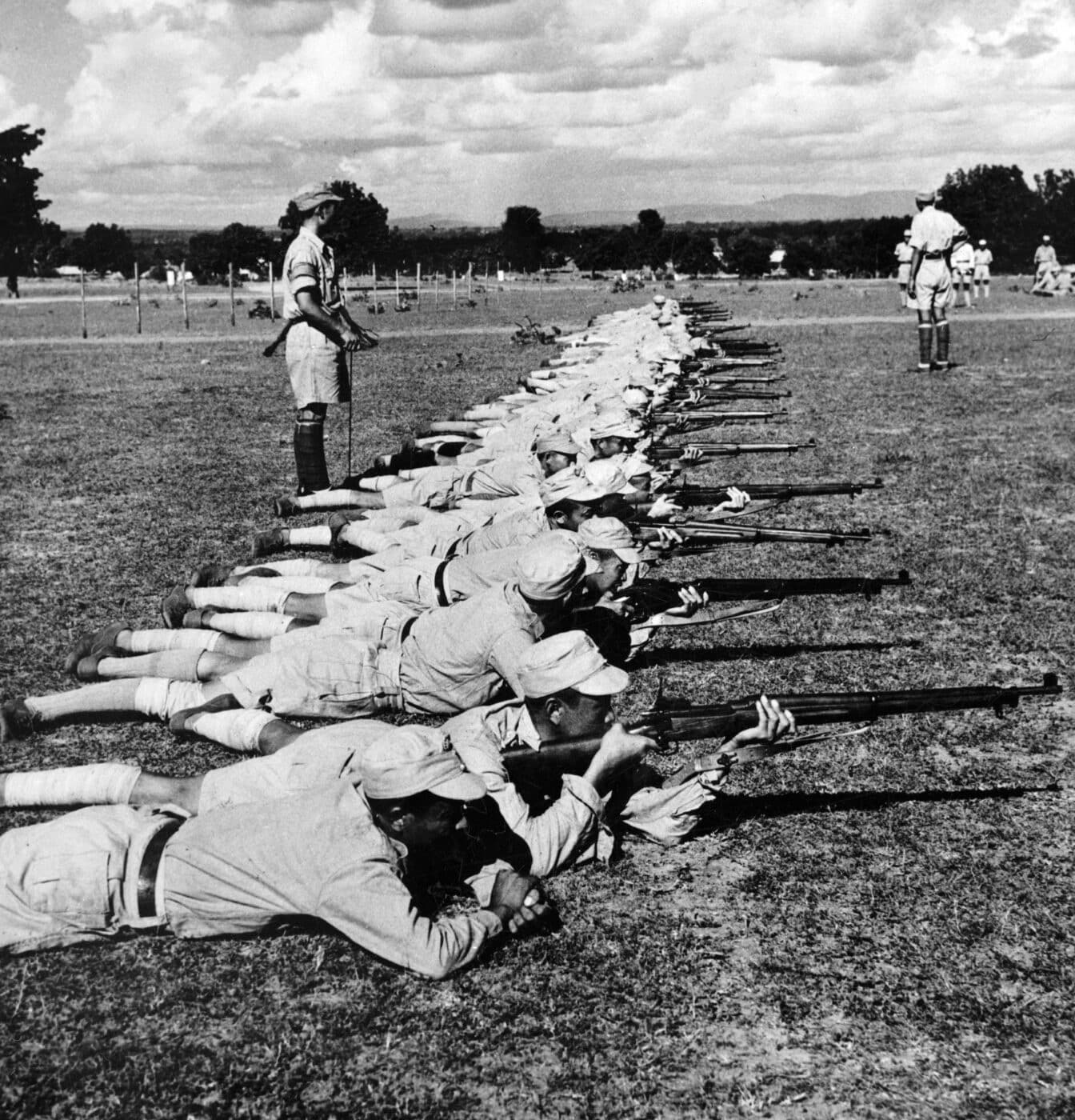
Other Chinese weapons included the FN Model 1924, the Mosin-Nagant 1891 and the Italian Carcano 1891. The Chinese used American-supplied M1917 Enfields, M1903A3 Springfields, and M1 Carbines as well. Keeping those disparate calibers supplied in an austere environment must have been a Gordian chore.
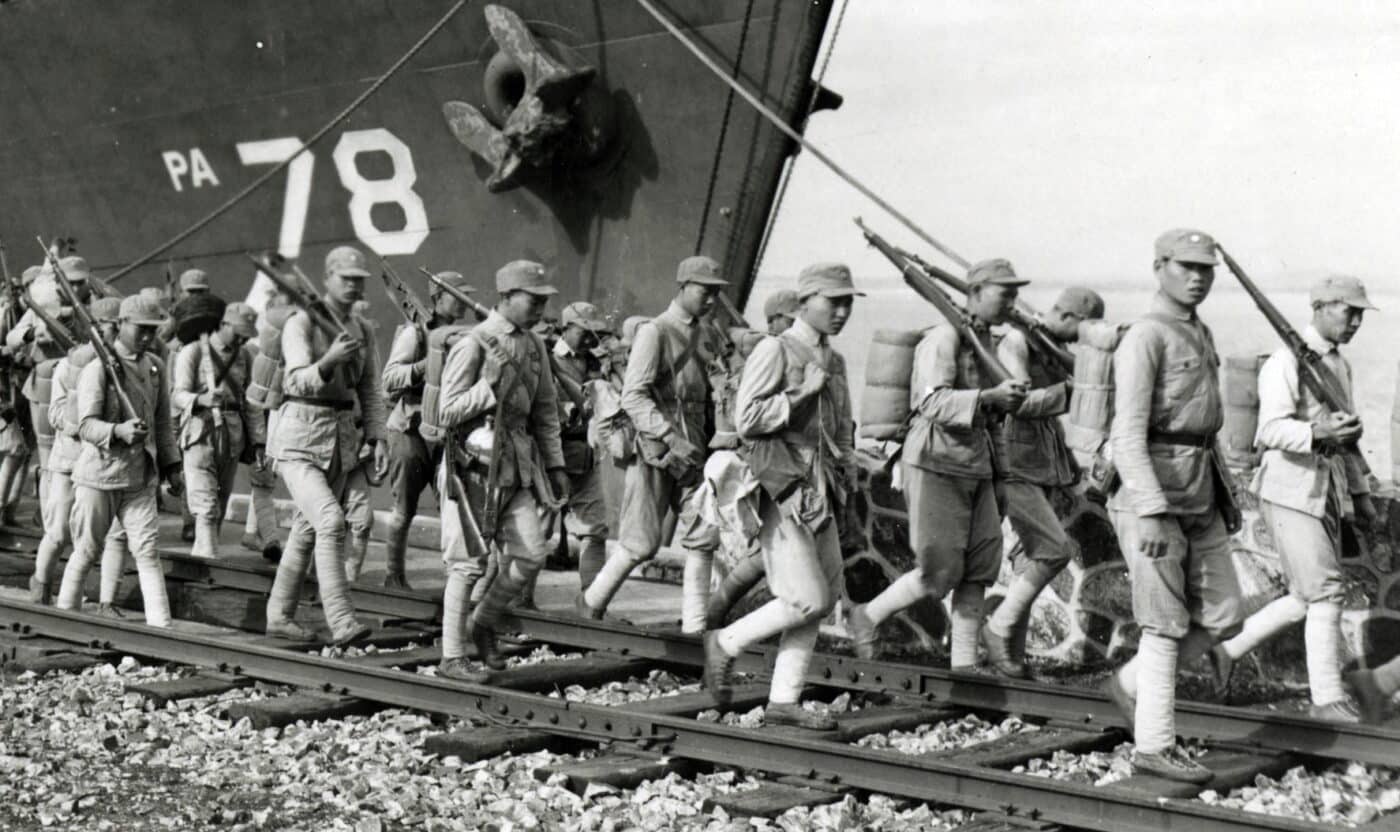
Ruminations
The Russians joined the Pacific War just twenty-four days before the Japanese capitulation. In their defense, the Soviets were fighting for their very lives against the Nazis on the Eastern Front and were too preoccupied to put a whole lot of effort into the Pacific. The Soviets made widespread use of the Mosin-Nagant M1891 everywhere they fought.
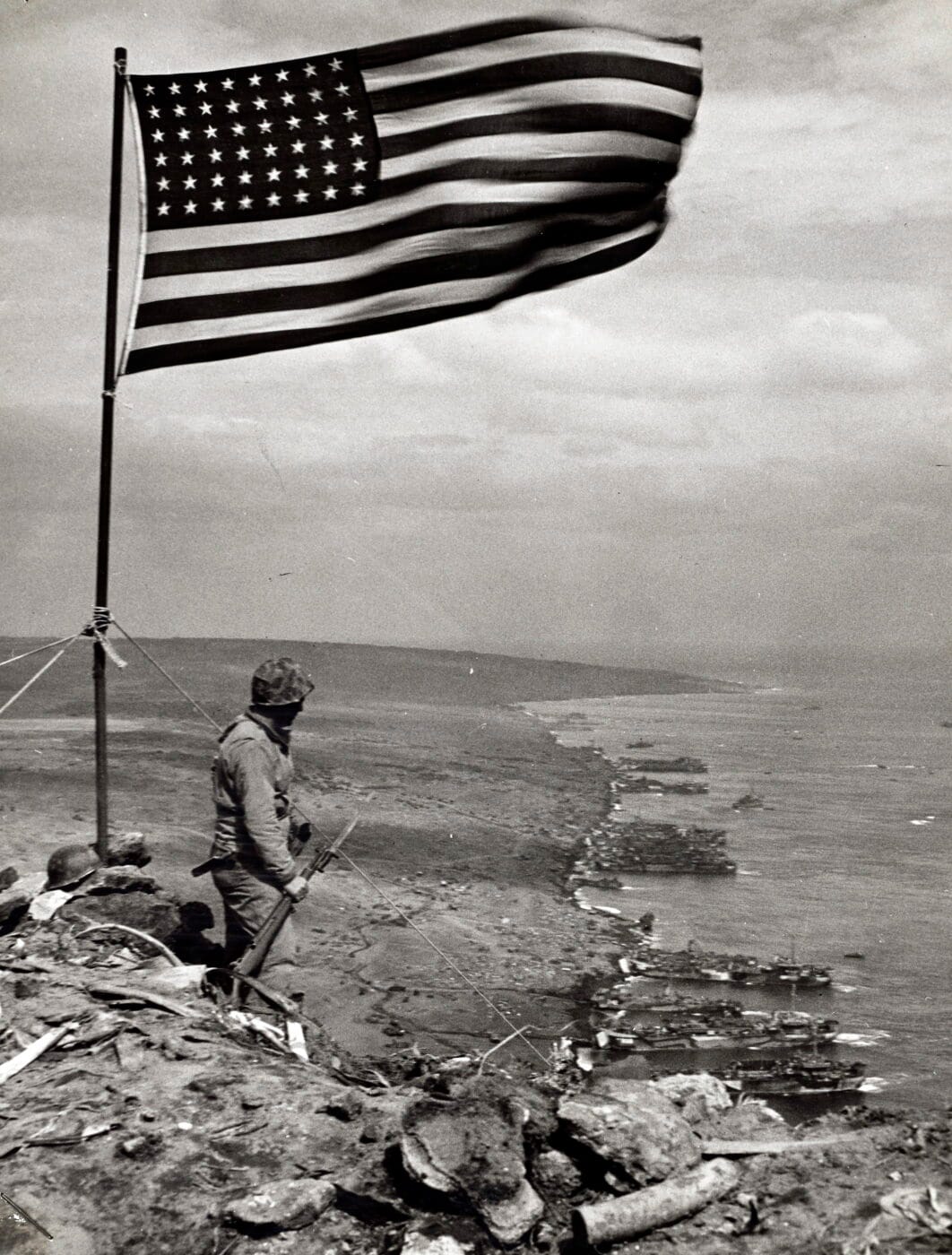
The Pacific War spanned thousands of miles and ultimately claimed some 6.5 million combat troops. 27 million civilians perished. Troops wielding these weapons served from the West coast of the U.S. all the way into China, Burma and India. Cultural influences from that global war shape the geopolitics of our modern world even today.